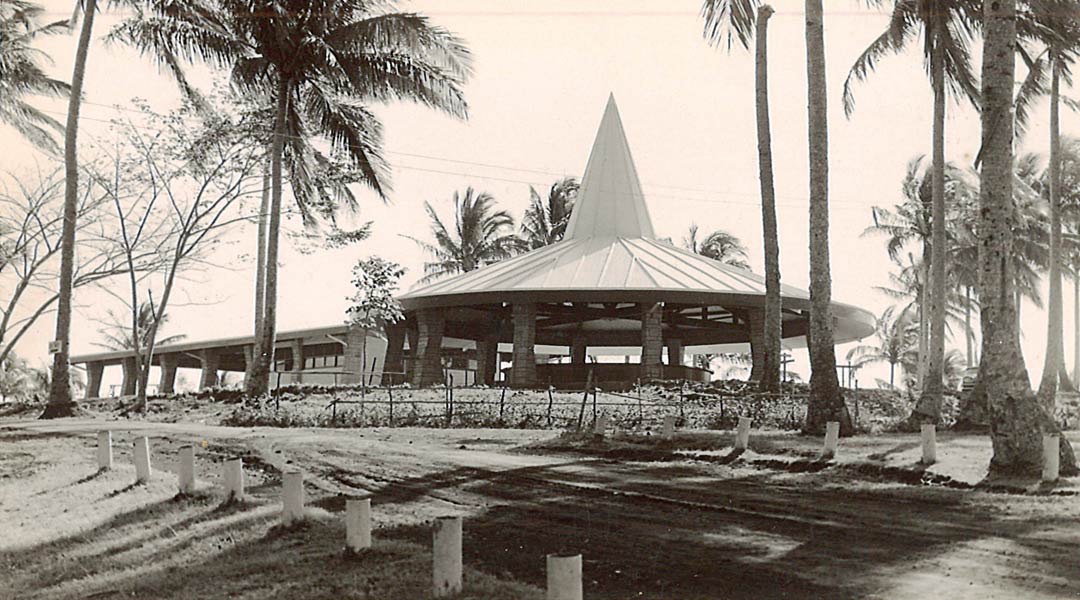
Vernacularization in Philippine Modern Architecture (part 2)
Understanding strategies of vernacularization
Comparing these two periods, vernacularization in the Pre-1945 period, on one hand, can be said to have imported foreign styles and technology, then localized by adding local motifs and ornaments. The Post-1945 period, on the other hand, is the inverse.
READ: Vernacularization in Philippine Modern Architecture (part 2)
It can be described as first stemming from an indigenous source (that is, a form, an ornament or a concept) and then being reinterpreted using foreign technology and idiom. This implies a shift of the understanding of the vernacular in architectural design in the Philippines. Before World War II then, the vernacular was seen as something that was to be added, submissive to the overall foreign technology. But post-war designers saw the vernacular as a way of asserting distinctiveness by using it as the dominant feature of design.
In this context, distinctiveness was acknowledged as a means by which the Philippines can contribute to the “common fund of humanity,” an articulation of a core doctrine of nationalist ideology.15 Despite this shift in the use of indigenous motifs, the tropical character remains constant throughout the twentieth century. Parsons, in the early twentieth century, and later, Locsin and Mañosa, identified the importance of the tropical climate in their design. For several architects and designers, tropicalness is an expression of regional character.16
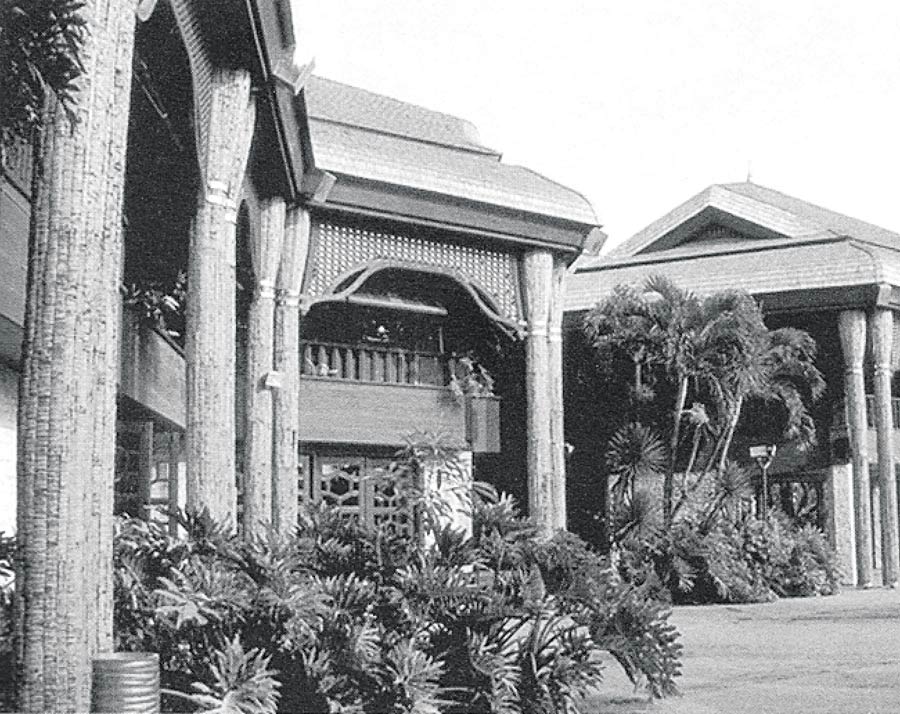
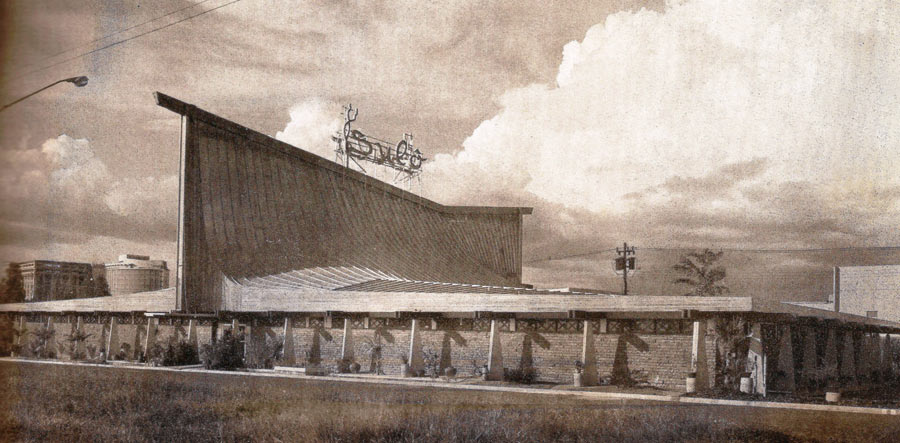
Another significant idea was the search for a Filipino architectural archetype, much similar to Marc Antoine Laugier’s idea of a “primitive hut.”17 Mañosa believes in the bahay kubo as the “primitive hut” and thus the origin of Filipino architecture. He asserts that the bahay kubo represents the true Filipino character in architecture: one that is culturally and environmentally sensitive to the conditions of the Filipinos.17 Thus, for Mañosa, Filipino-ness is synonymous to a supposed primeval or primordial vernacular tradition.
It is assumed that by incorporating the vernacular, the architectural designs become more authentic because its supposed origins are primordial and primeval. The authenticity of an imagined national character is thus established by quoting and referencing assumed essential and organic ties. The indigenous is portrayed here as natural and consequently, immutable, and legitimate.
Tensions and contestations
But this vernacular rhetoric is not without its problems. What do you consider as vernacular and indigenous in the first place? Conceptions of the vernacular by the American architects Burnham and Parsons are quite different from the notions of the post-war Filipino architects Locsin and Mañosa. As pointed out earlier, on one hand, American colonizers perceived the Spanish-colonial architecture as the vernacular.
On the other hand, the postwar architects included in their definition the various Philippine ethno-linguistic groups. The categories are not as unchallengeable and static as they are often portrayed. We cannot simply use a singular and monolithic definition of the vernacular.
The colonizer-colonized relation is also highlighted here. Nationalist programs in the Philippines during the first half of the twentieth century were conflated with colonial programs of the United States. An asymmetrical relationship exists between the colonized and the colonizer: the American colonial architects used the vernacular to portray the control of the colonizer over the colonial subjects.
By using the Spanish-colonial vernacular tradition set within the overall Beaux Arts classical schema, Parsons was also depicting the subjugation of the local to that of the national. The buildings, in short, were also communicating the colonial presence in the islands. It was not simply an innocent use of an architectural style, but was instead the careful orchestration of visual imagery geared towards the colonial master’s intention of domination.
READ MORE: Escolta Maestros: 6 Filipino architects who shaped the old CBD
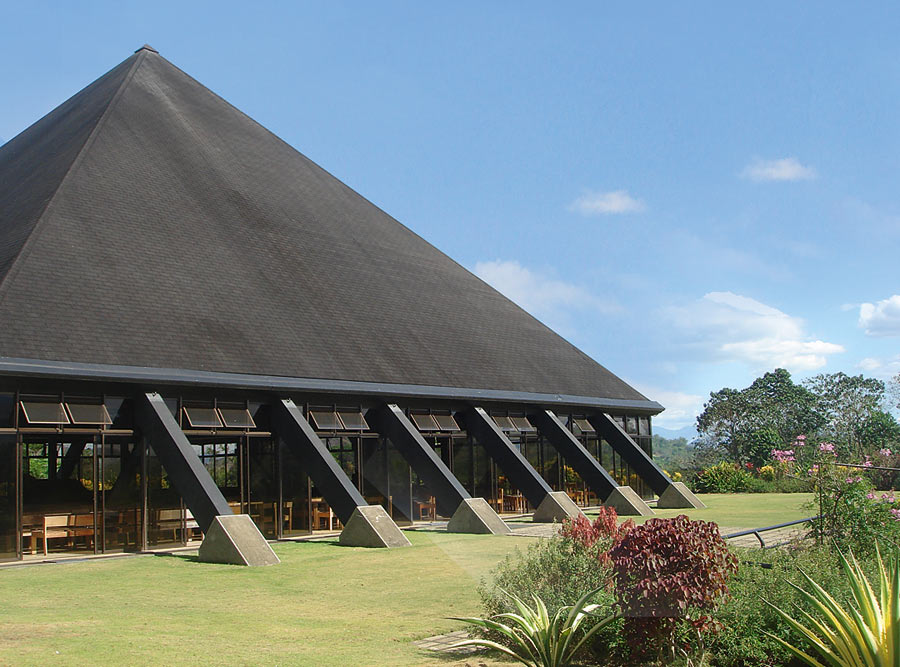
If a distinct national identity is to be predicated on originality and authenticity, then a national architecture that is based on vernacular pre-colonial architecture becomes suspect. I argue that what is perceived as vernacular may not be really original and authentic in the first place. Vernacular architecture is not necessarily pure and pristine. Just because there have been no records of the transformation of vernacular architecture doesn’t mean that they have not changed over time.
Indigenous architecture changes and transforms through time, even before colonial encounters. The focus on the tropical climate as a category for national identity is also beset with problems. If tropicality were indeed a fundamental basis for national identity, then what would distinguish the Philippines from the other nations that also have a tropical climate? While it is true that climatological influence does bear distinguishable marks on architecture, it is not enough to establish national identity based solely on tropical characteristics.
Politics of representation also surface in this debate. Selected sets of symbols that are appropriated become problematic because they may not truly represent the cultural heterogeneity of the Philippines. The image of a Filipina in traditional costume on the façade of Juan Nakpil’s Capitol Theater in Escolta is biased towards the lowland Christianized Filipino cultures. The bahay kubo that Mañosa valorizes as the Filipino “primitive hut” is similarly restricted to the lowland cultures. Therefore, some Philippine cultures are included while others are excluded in the national narrative.
Moreover, the act itself of selecting particular motifs and forms is not an innocent and unbiased operation. Which elements are appropriated? Who dictates the choosing of these elements? In the cases that I had presented, members of a cultural elite selected the symbols that were appropriated. As Ernest Gellner pointed out, nationalism is “the general imposition of a high culture on society, where previous low cultures had taken up the lives of the majority and in some cases of the totality of the population.”19
The imaginings of a national culture were based and prejudiced towards the ideas of architects, designers and leaders that were trained within an educational system that was, and still is, colonially dominated. As Partha Chatterjee pointed out: “Even our imaginations must remain forever colonized.”19 Evidently, whoever is in position has the ability to influence and dictate the construction of national identity.20
While it is true that Filipino designers and architects did not find it problematic to use local and indigenous motifs and ideas in the development of modern architecture, localization cannot be merely thought of as an appendage of modernization. Instead localization should be construed as part of the discourse of modernity. In the case of the Philippines, vernacularization was understood as the means by which the country could now truly participate in the international discussion. By asserting the uniqueness of modern architecture in the Philippines, the nation was therefore contributing to the common world knowledge and culture.
READ MORE: Befitting an Honorable Man: Bobby Mañosa
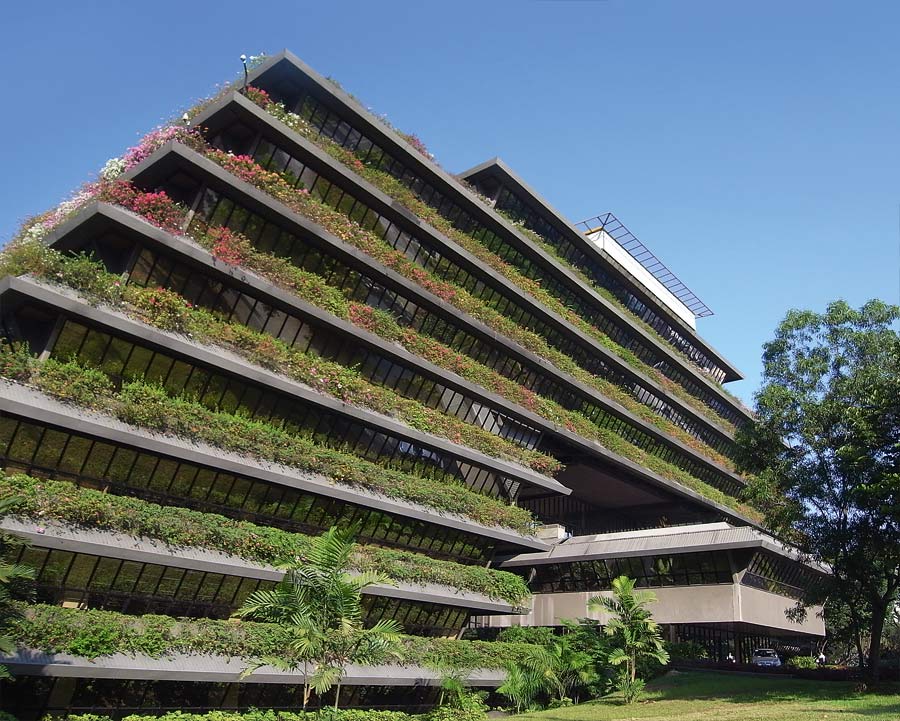
It is now apparent that the category of the vernacular as it was used in the formation of modern architecture cannot be assumed as a natural and neutral act in the design process. Through time, the conception of the vernacular has been transformed and redefined to match the needs of whoever is invoking the idea itself. Vernacularization is a highly suspect category.
In conclusion, I would like all of us to consider expanding and rethinking our notions of what “vernacular” means. While we shouldn’t compeletly dismiss the idea of “vernacular” as a beginning point in understanding Filipino identity in architecture, we need to reconfigure our parameters for defining national identity in architecture altogether. There is a need to change our understanding of the vernacular from one that is monolithic and singular, to one that is heterogeneous and polyvalent.
Furthermore, there is also a need to be more inclusive and democratic in the choosing of elements to be appropriated for reinterpretation. I believe that the discourse of national identity in architecture should shift from a question of origin to a question of practice. While the question of where we came from is important, we should not be completely oblivious to the dynamic practices of identity formation.
The true origins of Filipino architecture are still debatable and may not be fully understood at this point. Instead, I propose that we refocus our understanding of how identity is practiced and how this knowledge of our identity formation can lead to more empowering and ennobling projects. ![]()
ENDNOTES
15 Anthony Smith identifies the three core doctrines of nationalism as: “collective self-determination of the people, the expression of national character and individuality and finally the vertical division of the world into unique nations each contributing its special genius to the common fund of humanity,” in Theories of Nationalism, London, Duckworth, 1971, p.23, as cited in Partha Chatterjee, Nationalist Thought and Colonial World, Minneapolis, University of Minnesota Press, 1986, p. 8.
16 See essays in Alexander Tzonis, Liane Lefaivre and Bruno Stagno, editors, Tropical Architecture: Critical Regionalism in the Age of Globalization, Great Britain, Wiley-Academy, 2001.
17 Joseph Rykwert, On Adam’s House in Paradise, Cambridge, MA, MIT University Press, pp. 43-50.
18 Lito Zulueta, “Master Builder of the Filipino Soul” in Philippine Daily Inquirer – Sunday Inquirer, August 4, 2003.
19 Ernest Gellner, Nations and Nationalism, Ithaca, NY, Cornell University Press, 1983, p. 57.
20 Partha Chatterjee, The Nation and its Fragments: Colonial and Postcolonial Histories, Princeton, NJ, Princeton University Press, p. 5.
A version of this article was first published in DOCOMOMO Journal No. 34 (Paris, France: International Working Party for Documentation and Conservation of Buildings, Sites and Neighborhoods of the Modern Movement, March 2006) and was first presented at the Seventh International Conference on Philippine Studies held at Leiden, the Netherlands, June 2004.


